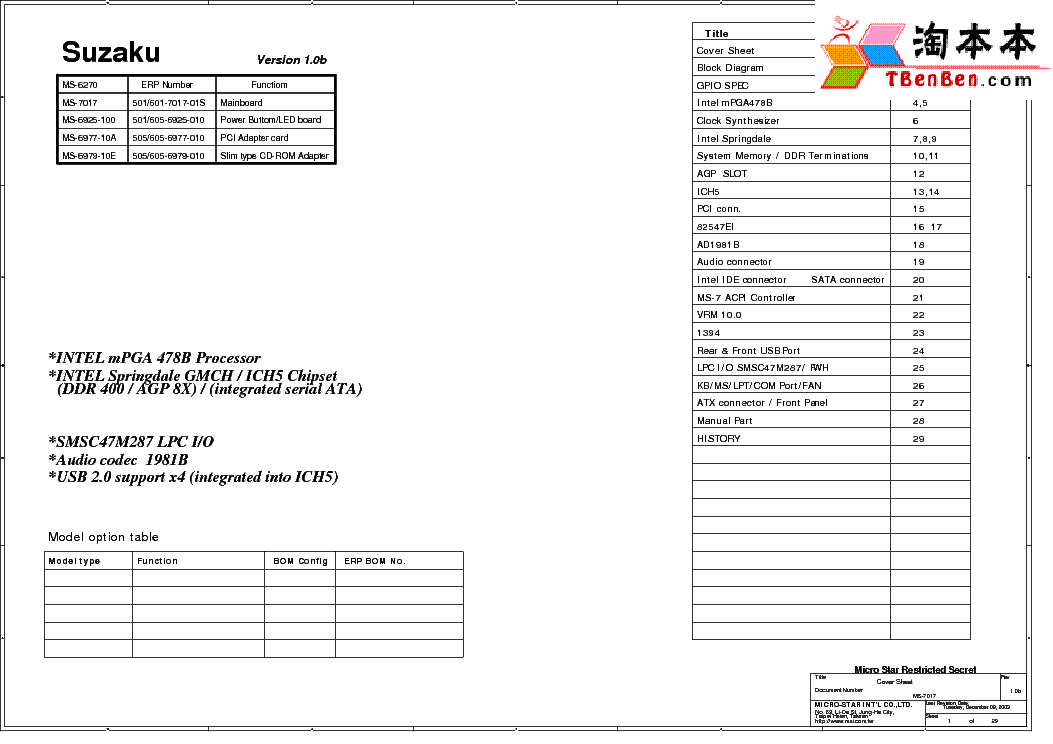The DS1410E Parallel Port Adapter interfaces Dallas Semiconductor Authorization iButtons to host computers via a PC parallel port. In conjunction with the iButton, the DS1410E provides a high security storage vault for critical execution control information. Only users who posses an iButton can utilize the software, preventing execution of unauthorized copies. The modularity of the DS1994 allows for easy feature customization. The device supports the insertion of two iButtons, which can be removed and replaced to vary functionality. For example, a DS1994 Time iButton can be programmed for a 30-day expiration, issued with a DS1410E and a software copy.
The evaluator can be converted into a registered user by issuing a DS1991 Multi iButton and inserting it into the second receptacle. The DS1410E supports the same iButtons as other Dallas port adapters.
This allows standardization of any protection scheme across virtually all hardware platforms, regardless of the operating system. The iButtons remain constant, and the port adapters change according to the specific platform interface.

2 o f 7 0 2 1 7 9 8 After input pins 2 and 3 have been set, the time slot begins by driving input pin 14 to its active state (low). A falling edge on input pin 14 causes the DS1481 to drive input pins 11 and 13 low (indicating a time slot is in progress). While input pins 11 and 13 are low, the host processor is free to perform other tasks (including running the print spooler). When the time slot is complete input pins 11 and 13 are restored to the states of output pins 11and 13. When the host detects that one or both of the busy signals has returned high, it must query the result of the time slot. This is accomplished by driving input pin 2 low. If the 1-Wire bus was low (read 0, write 0, or presence detect) the DS1481 drives both input pins 11 and 13 low (this state was held until input pins 14 or 2 return high).
Otherwise it propagates the states of output pins 11 and 13. After the host reads the time slot result it must drive input pin 14 to its inactive state (high).

The DS1481 will then set input pins 11 and 13 to the state of output pins 11 and 13. The DS1481 also supports overdrive communication with overdrive capable 1-Wire devices. When the DS1481 powers up it is in normal mode (i.e., OD = 0, Figure 1).
To toggle to overdrive mode the host sets input pins 2 and 3 low and drives Input pin 14 low. The DS1481 toggles the OD (OverDrive) bit to a logic high and returns the states of output pins 11 and 13 on input pins 11 and 13. Overdrive mode is cleared in the same way.
When Overdrive is turned off (OD = 0). Input pins 11 and 13 are driven low to report the state of the OD bit. When OD = 1, communication with the 1-Wire devices is exactly as described in the operation section above. The actual 1-Wire timi ng for both modes of operat ion is descri bed in f igures 1, 2 and 3 below. Note that when toggling the OD bit there is no change on the I/O line. In order to coexist with parallel port printers, the DS1410E utilizes output pins 11 and 13 and input pins 11 and 13.
When input pin 14 is low these pins are used for transmitting data received on the I/O pin or for issuing an unmistakable busy signal. When input pin 14 is inactive (high) input pins 11 and 13 propagate the states of output pins 11 and 13.
Nandpro 2 0d Download Firefox 1

If a printer is attached to a DS1410E, output pin 11 is connected to the printers BUSY signal (low only if printer is on-line and busy), and output pin 13 is connected to SELECT OUT (driven low if printer is off- line), see Figure 2. If the attached printer is “powered up” and on-line, the DS1410E uses SELECT OUT for communication regardless of the state of the printers BUSY signal. If the printer is offline its BUSY signal is inactive (high) and this line is used by the DS1410E for host communication. If the attached printer is powered off, both SELECT OUT and BUSY will be low.
This prevents meaningful communication with the DS1410E because it is unable to de-assert its busy signal (input pins 11 and 13 low) or return a high sample of the I/O pin. To solve this problem, the DS1481 uses the busy signal issued during a reset to detect the presence of another DS1481 based device attached behind it on the parallel port. If this busy signal is not detected by the DS1481, it assumes that it is the last DS1481 based device on the port. If the DS1410E determines that it is the last device on the port it ignores the states of output pins 11 and 13 while input pin 14 is low. It also leaves the output pin 14 high to prevent sending line feed signals to the printer. This gi ves the last devi ce the abil ity to contro l i nput pins 11 an d 13 without affecting stackability.